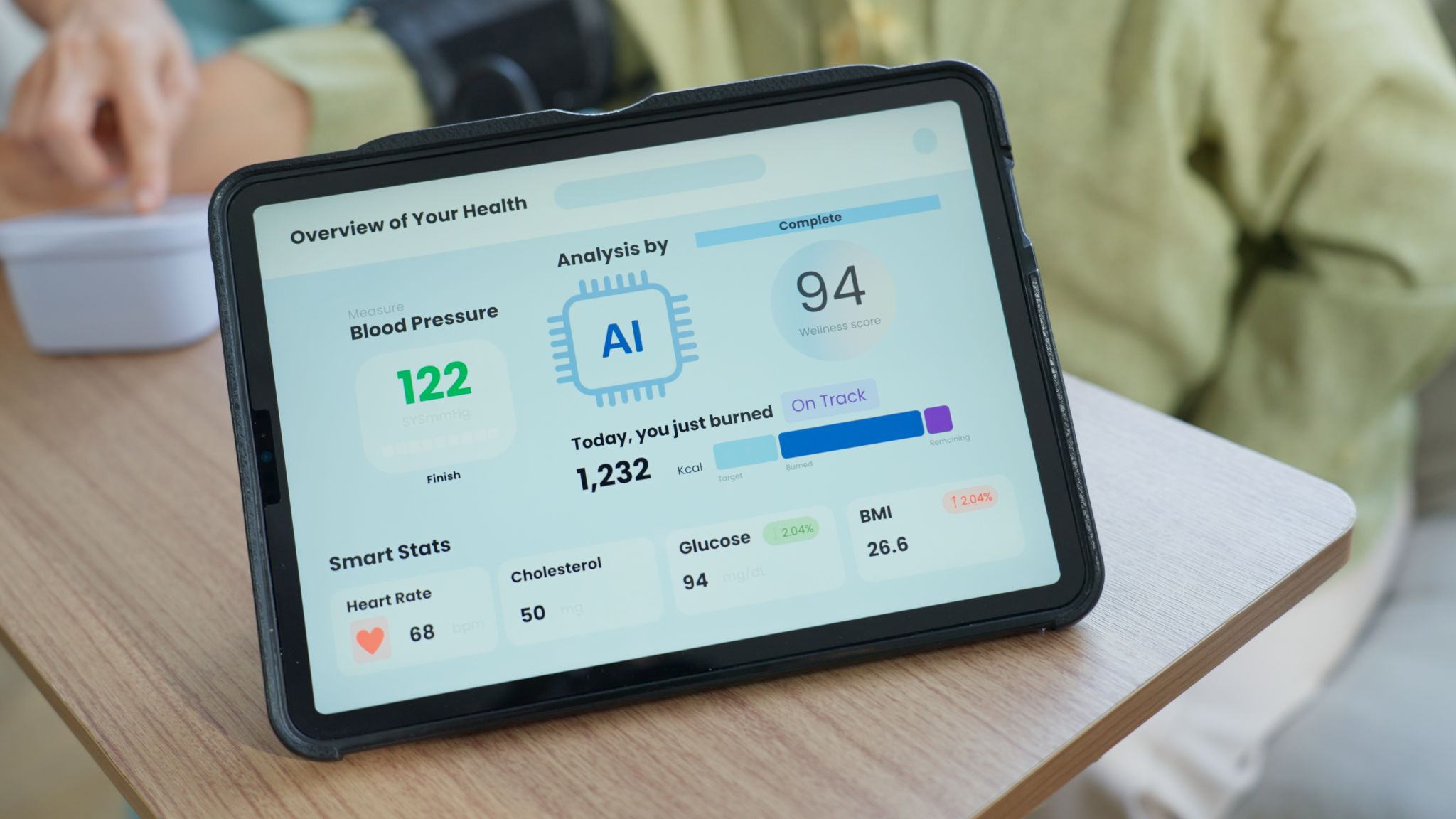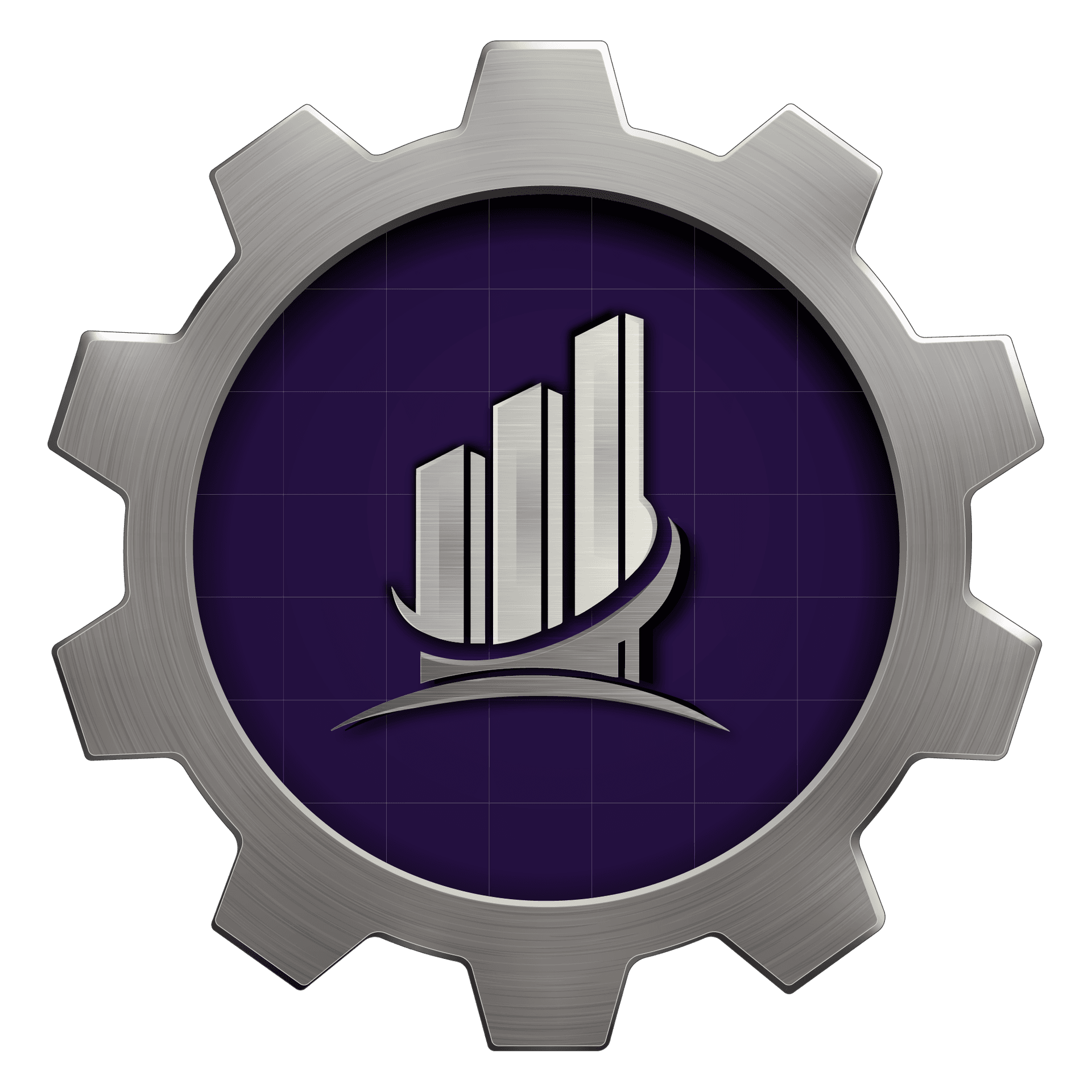Gym Dashboard Myths Busted: What You Really Need for Effective KPI Tracking
Understanding Gym Dashboards
Gym dashboards have become increasingly popular in recent years, providing a visual representation of key performance indicators (KPIs) that help gym owners and managers track their business performance. However, with their rising popularity, some myths and misconceptions have emerged. In this post, we will bust these myths and focus on what you really need for effective KPI tracking.

Myth 1: More Data Equals Better Insights
A common misconception is that the more data you have on your gym dashboard, the better insights you'll gain. While it's true that data is crucial, overwhelming yourself with too much information can be counterproductive. The key is to focus on the most relevant KPIs that align with your business goals. For example, tracking member retention rates, average revenue per member, and class attendance can provide more actionable insights than a cluttered dashboard full of irrelevant data.
Myth 2: Real-Time Data Is Always Necessary
Another myth is the belief that real-time data is essential for all aspects of gym management. While real-time data can be beneficial for certain areas, such as monitoring equipment usage, it's not always necessary for every KPI. Sometimes, weekly or monthly reports provide a more comprehensive view of trends and patterns, allowing for more strategic decision-making.

Myth 3: Aesthetics Over Functionality
It's easy to get caught up in the aesthetics of a gym dashboard, thinking that a visually appealing design will automatically lead to better performance tracking. However, functionality should always take precedence. Ensure your dashboard is user-friendly, with a logical layout that makes it easy to interpret data and draw meaningful conclusions. Simple, clear visuals often work best.
Essential Features of an Effective Gym Dashboard
To create an effective gym dashboard, you'll need to incorporate certain key features that facilitate accurate KPI tracking:
- Customizable Layouts: Allow users to tailor their dashboards to focus on the most pertinent metrics.
- Integration Capabilities: Ensure compatibility with existing gym management software for seamless data collection.
- Data Visualization Tools: Utilize graphs and charts for easy interpretation of complex data.

The Importance of Regular Updates
An often-overlooked aspect of effective KPI tracking is the necessity for regular updates. Outdated data can lead to incorrect conclusions and misguided strategies. Make it a habit to regularly update your dashboard with the latest figures to ensure accuracy and reliability in decision-making.
The Role of Staff Training
No matter how sophisticated your gym dashboard is, without proper staff training, it will not reach its full potential. Invest time in training your team on how to interpret dashboard data and use it to improve gym operations. This ensures that everyone is aligned with your business objectives and can contribute to achieving them.
Conclusion: Focus on What Matters
In summary, while gym dashboards are powerful tools for tracking KPIs, it's crucial to separate myths from facts. Focus on what truly matters by identifying the right KPIs, ensuring functionality over aesthetics, and keeping your data up-to-date. By doing so, you'll be better equipped to make informed decisions that drive your gym's success.
